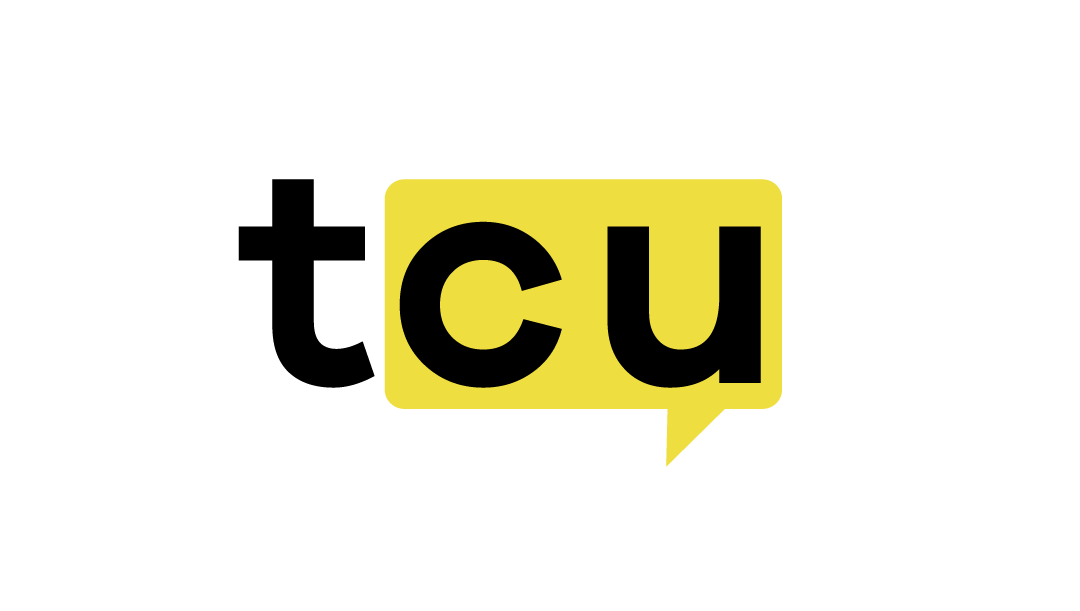Comparing Apples and Oranges
Matt Hamilton, who previously worked as a director at Ripple, thinks comparing XRP directly with Chainlink doesn’t really make sense. He explained that these are fundamentally different types of assets serving different purposes in the blockchain space. The discussion started when people noticed XRP’s market value is about twelve times larger than Chainlink’s, which seemed odd to some observers given recent developments.
This whole conversation got going after Swift, the global financial messaging service, announced it’s building a blockchain-based shared ledger. They’ve already brought in more than thirty financial institutions to help design the system. What’s interesting is that Chainlink immediately highlighted its existing collaboration with Swift, suggesting this move validates the importance of oracle networks in upgrading financial infrastructure.
The Market Value Question
Dave Weisberger, former chairman of Coinroutes, really pushed this issue. He questioned why XRP commands such a massive valuation lead over Chainlink when Chainlink has this real partnership with Swift and what appears to be a clearer path to sharing revenue with token holders. It’s a fair question when you look at the numbers – XRP sits at around $173 billion market cap while Chainlink is at about $14.6 billion. That’s quite a gap.
Weisberger made the point that Chainlink has set up mechanisms to distribute revenue to token holders, which you’d think would support a higher valuation. Meanwhile, XRP’s value proposition seems to come more from its scarcity and the small amount burned in transactions, though some argue the burn rate is so minimal it barely matters.
Different Roles, Different Valuations
Hamilton’s response was pretty straightforward. He said comparing their values is “sort of meaningless” because they’re fundamentally different things. XRP is the native asset of the entire XRP Ledger network – it’s like the currency of its own operating system. Chainlink, on the other hand, is a protocol where the token plays a more limited role within that specific system.
One XRP supporter tried to simplify this by comparing LINK to a platform like LinkedIn, while XRP functions more like a currency with its own complete ecosystem. Weisberger countered that even platforms like LinkedIn generate profits and shareholders benefit, so that comparison might not hold up perfectly.
The Efficiency Argument
There’s another angle here that’s worth considering. Some in the XRP community argue that a higher XRP price actually makes it more efficient as a settlement asset. The thinking goes that transaction fees remain adjustable and minimal regardless of the token’s price, so the network stays affordable even if XRP becomes more valuable.
I think what this whole discussion shows is that crypto valuation isn’t always straightforward. Different assets serve different purposes, and market caps don’t always reflect the underlying utility or potential in ways that make immediate sense. Both projects seem to be pursuing different paths with different value propositions, and the market appears to be pricing them accordingly, for better or worse.
Perhaps the most important takeaway is that comparing crypto assets requires understanding their fundamental roles within their respective ecosystems. What looks like an apples-to-apples comparison might actually be comparing completely different fruits.



